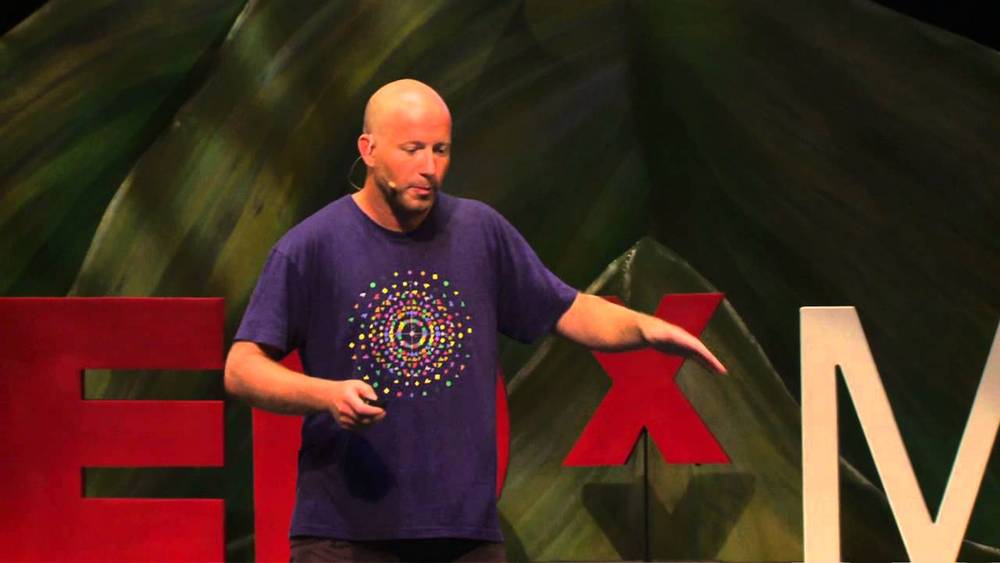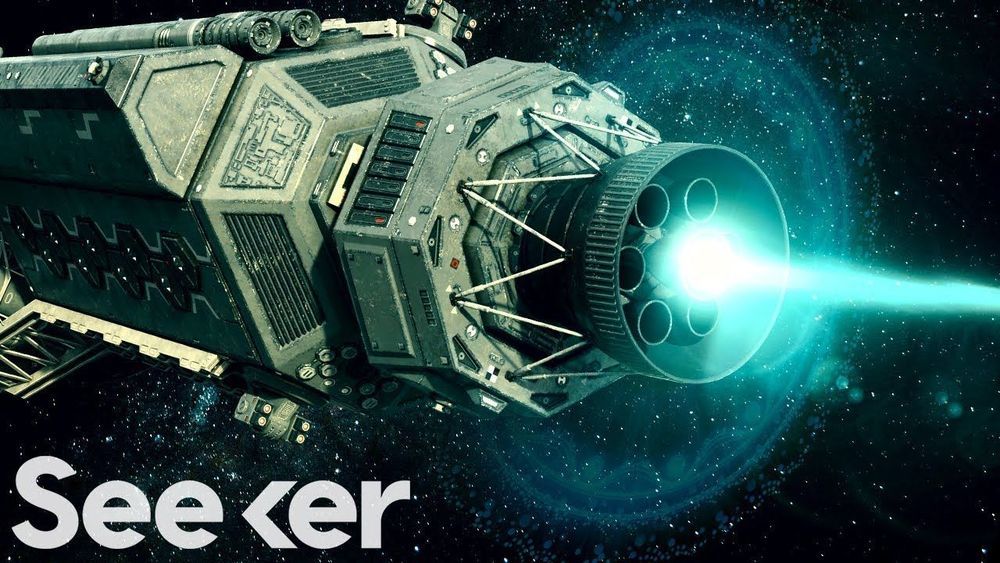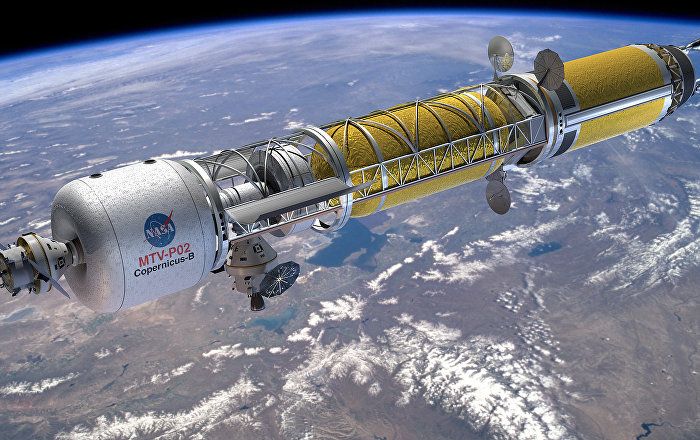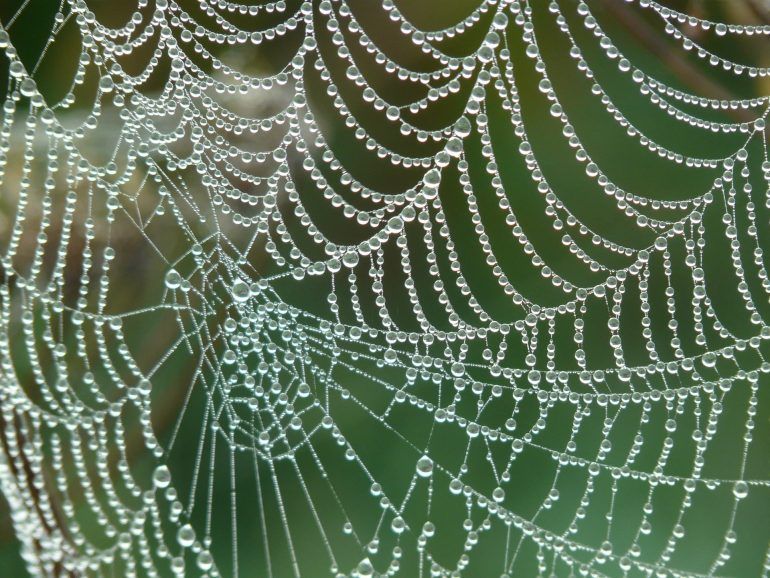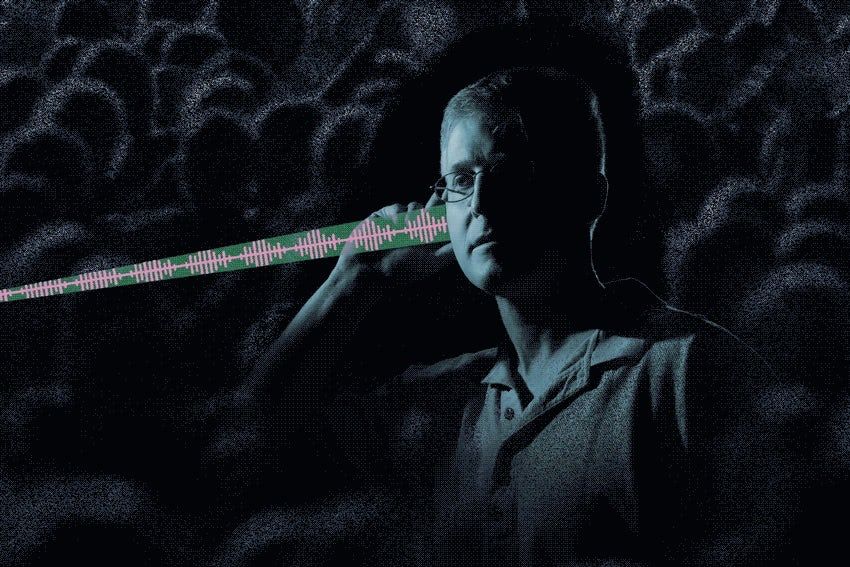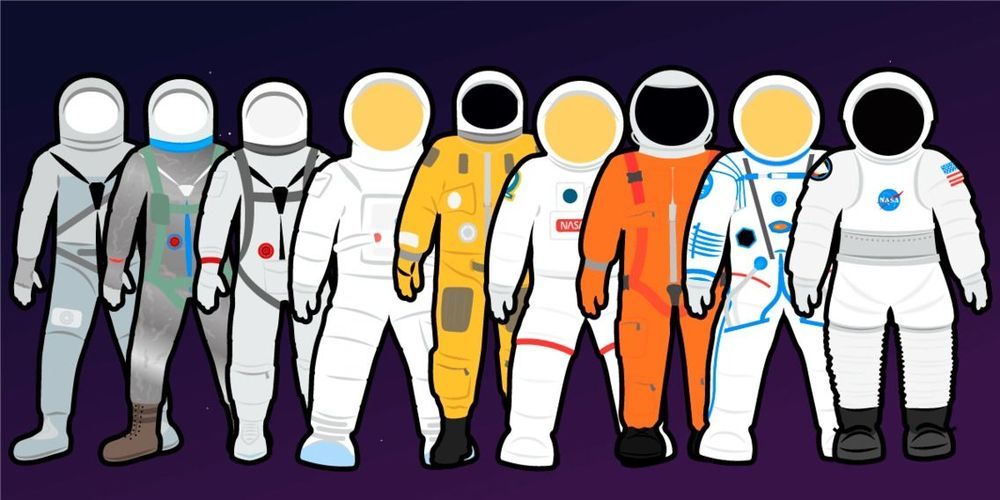Time may be a human construct but that hasn’t stopped physicists from perfecting it.
JILA’s 3D Quantum Gas Atomic Clock Offers New Dimensions in Measurement
https://www.nist.gov/news-events/news/2017/10/jilas-3-D-quantum-gas-atomic-clock-offers-new-dimensions-measurement
“JILA physicists have created an entirely new design for an atomic clock, in which strontium atoms are packed into a tiny three-dimensional (3D) cube at 1,000 times the density of previous one-dimensional (1-D) clocks. In doing so, they are the first to harness the ultra-controlled behavior of a so-called “quantum gas” to make a practical measurement device.”
Jun Ye: Let There Be Light (and Thus, Time)
Dr. Jun Ye, professor of physics at the University of Colorado at Boulder and a fellow of both the National Institute of Standards and Technology and JILA, explains how lasers are used to manipulate atoms inside and out for ultra-precise clocks.
Ultra-Accurate Clocks Lead Search for New Laws of Physics.
https://www.quantamagazine.org/ultra-accurate-clocks-lead-search-for-new-laws-of-physics-20180416/
Atomic clocks are letting physicists tighten the lasso around elusive phenomena such as dark matter.
Sign Up For The Seeker Newsletter Here — http://bit.ly/1UO1PxI
____________________
Seeker inspires us to see the world through the lens of science and evokes a sense of curiosity, optimism and adventure.

